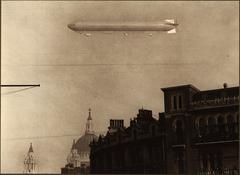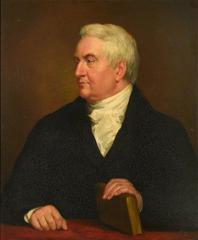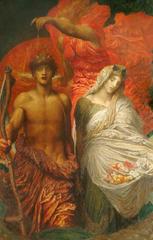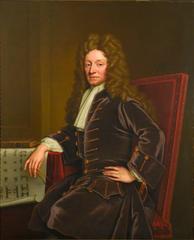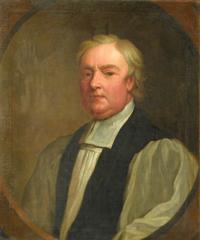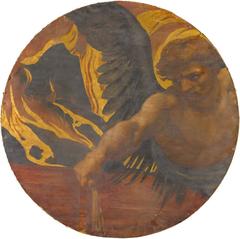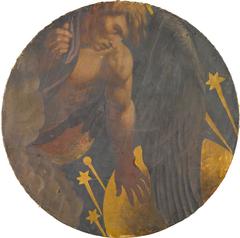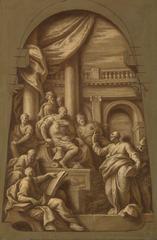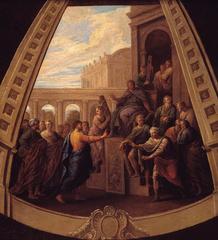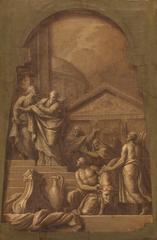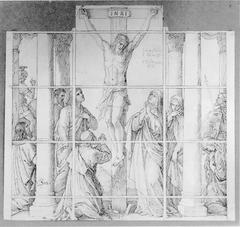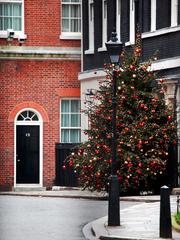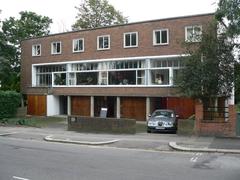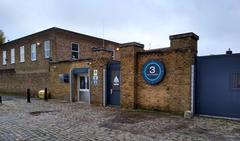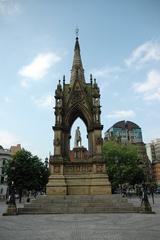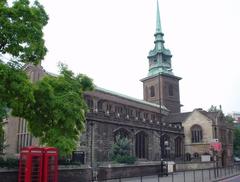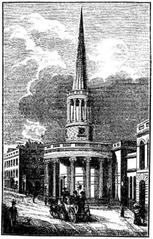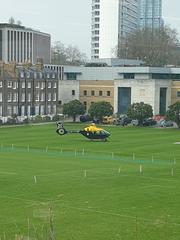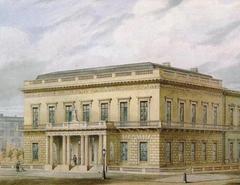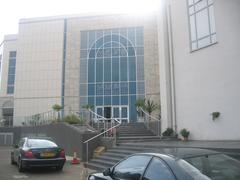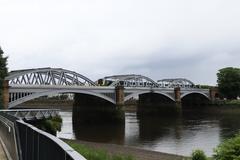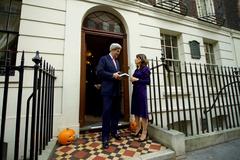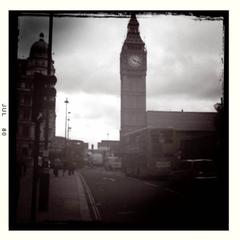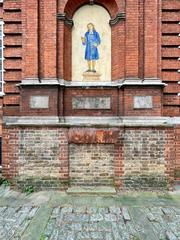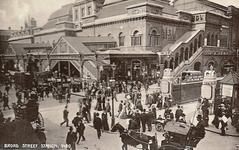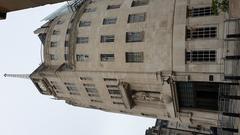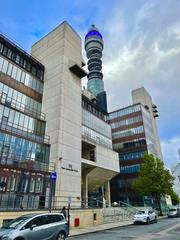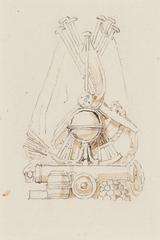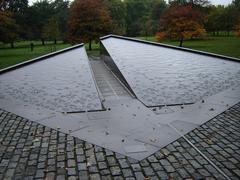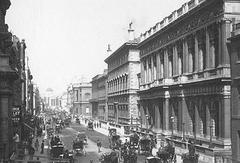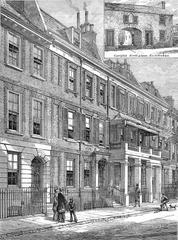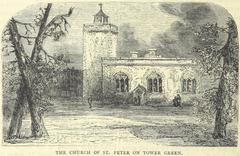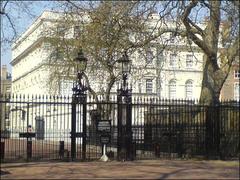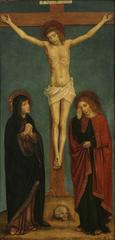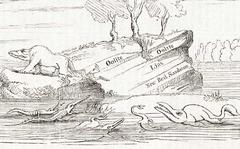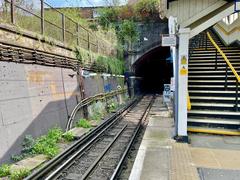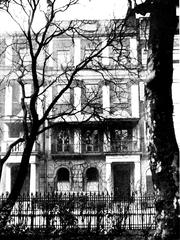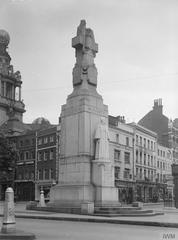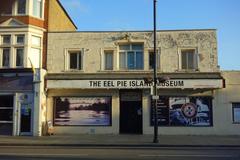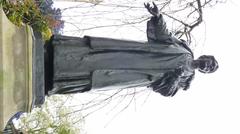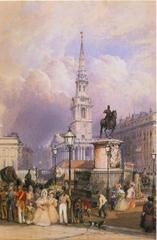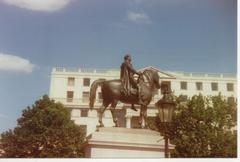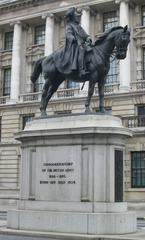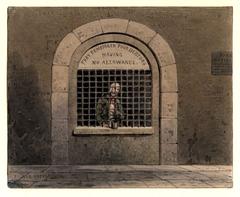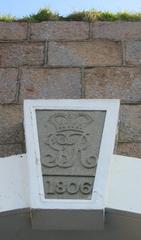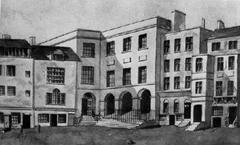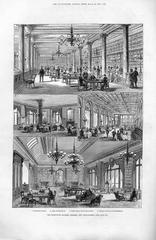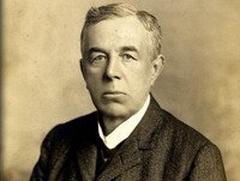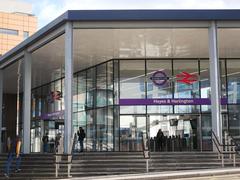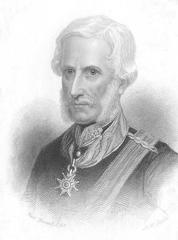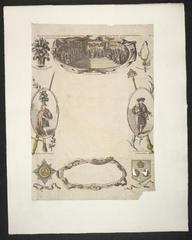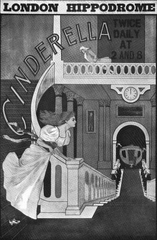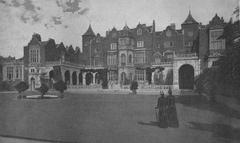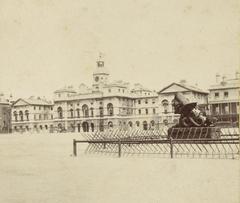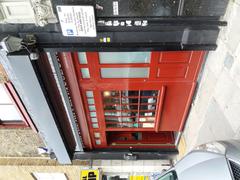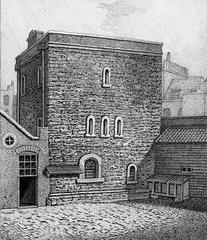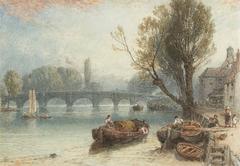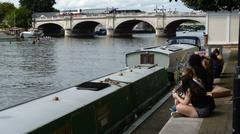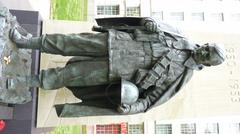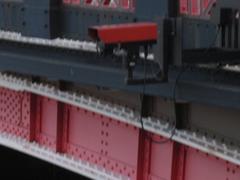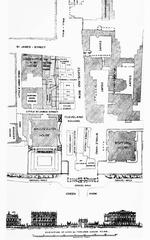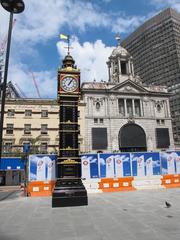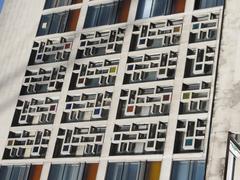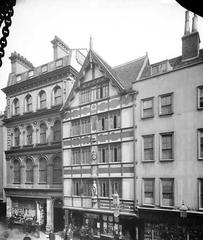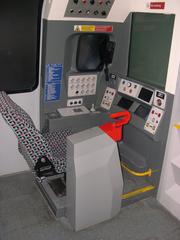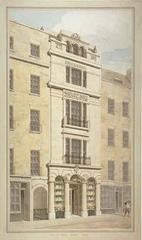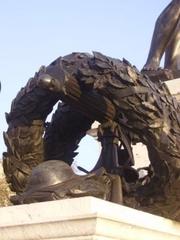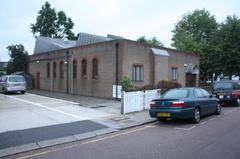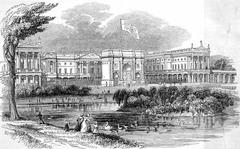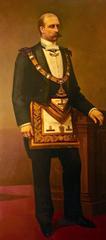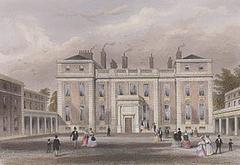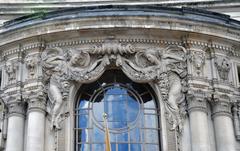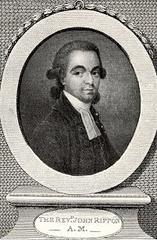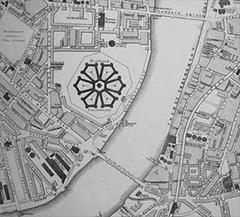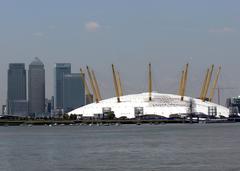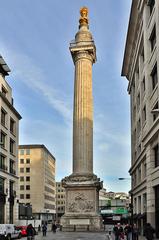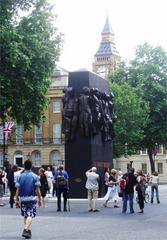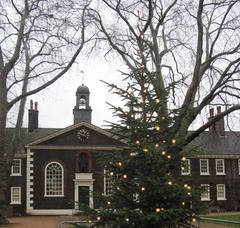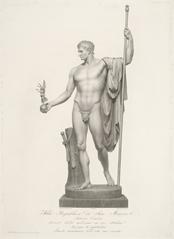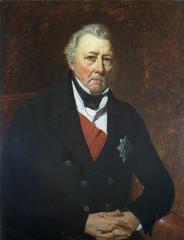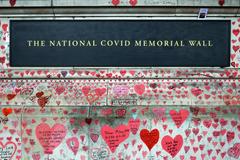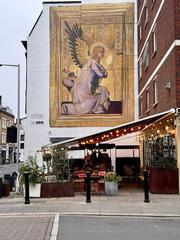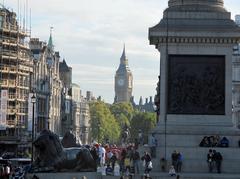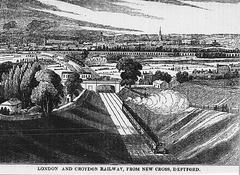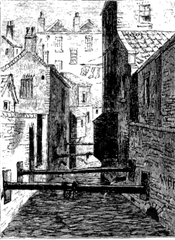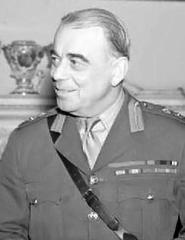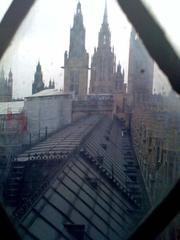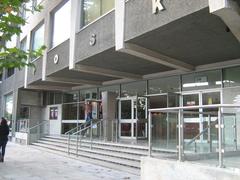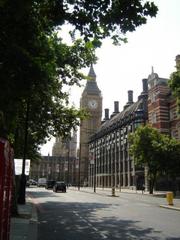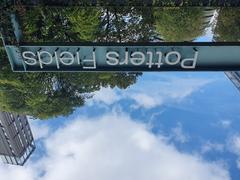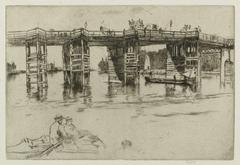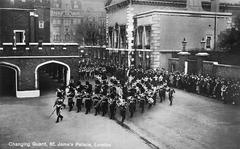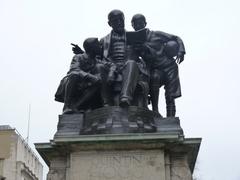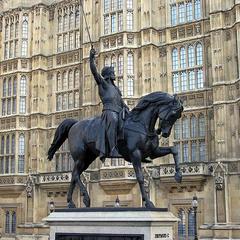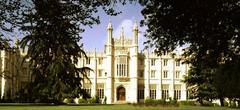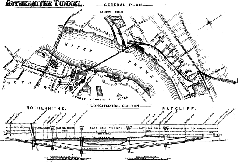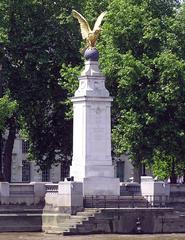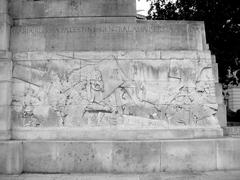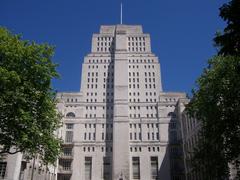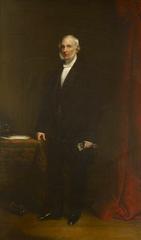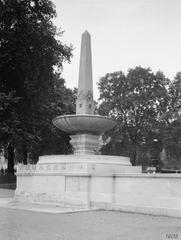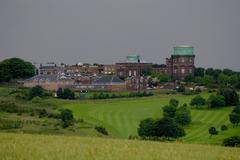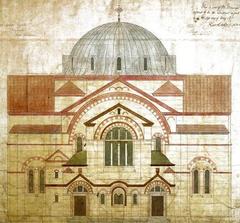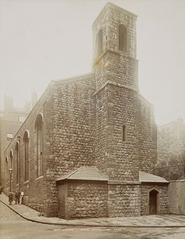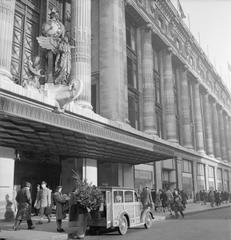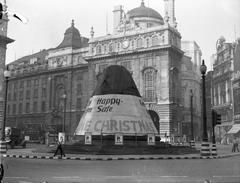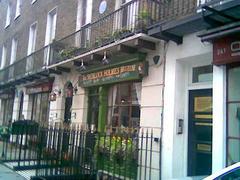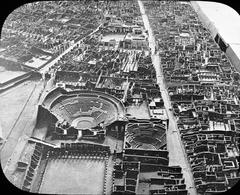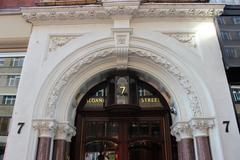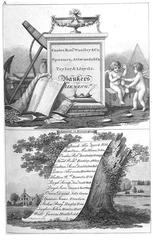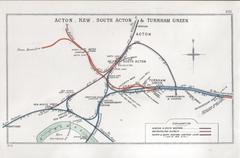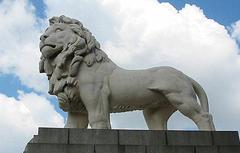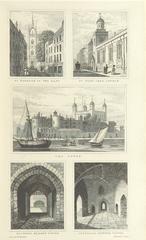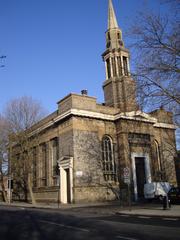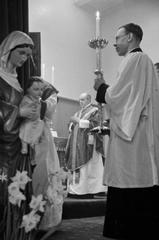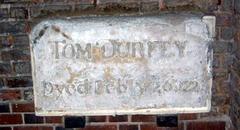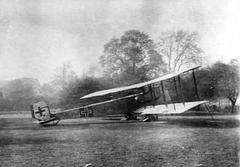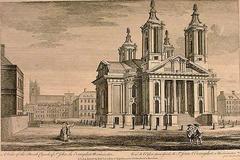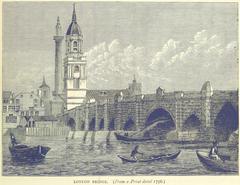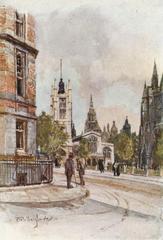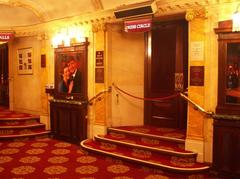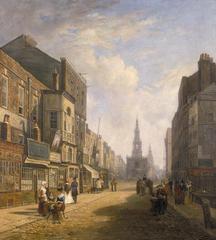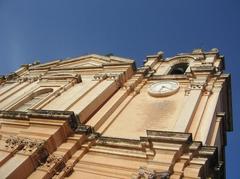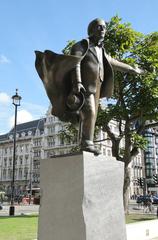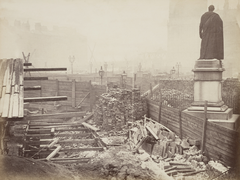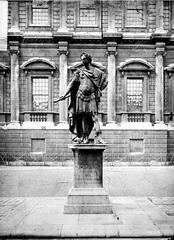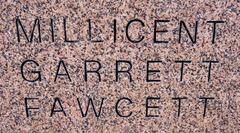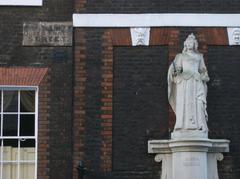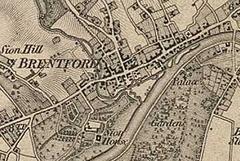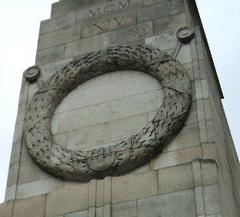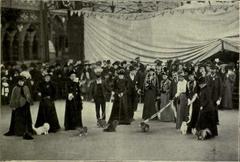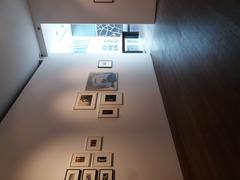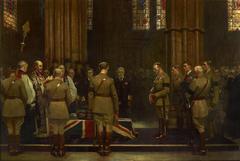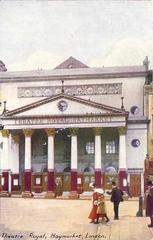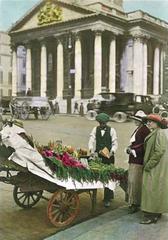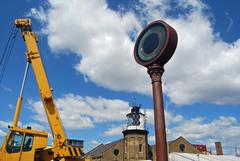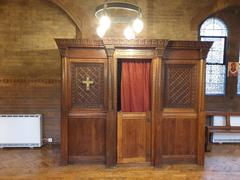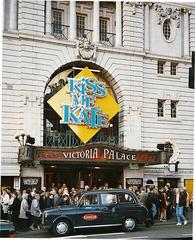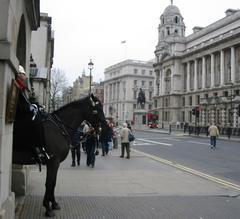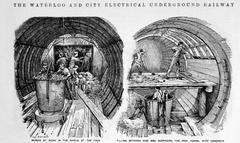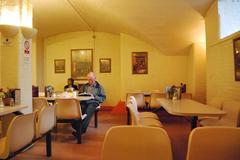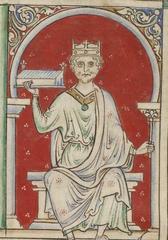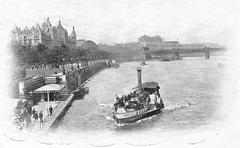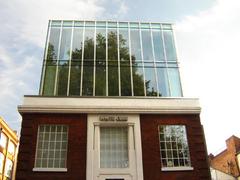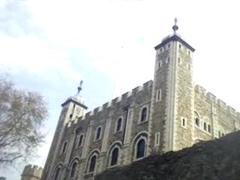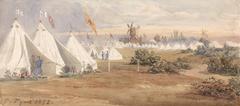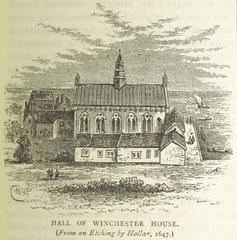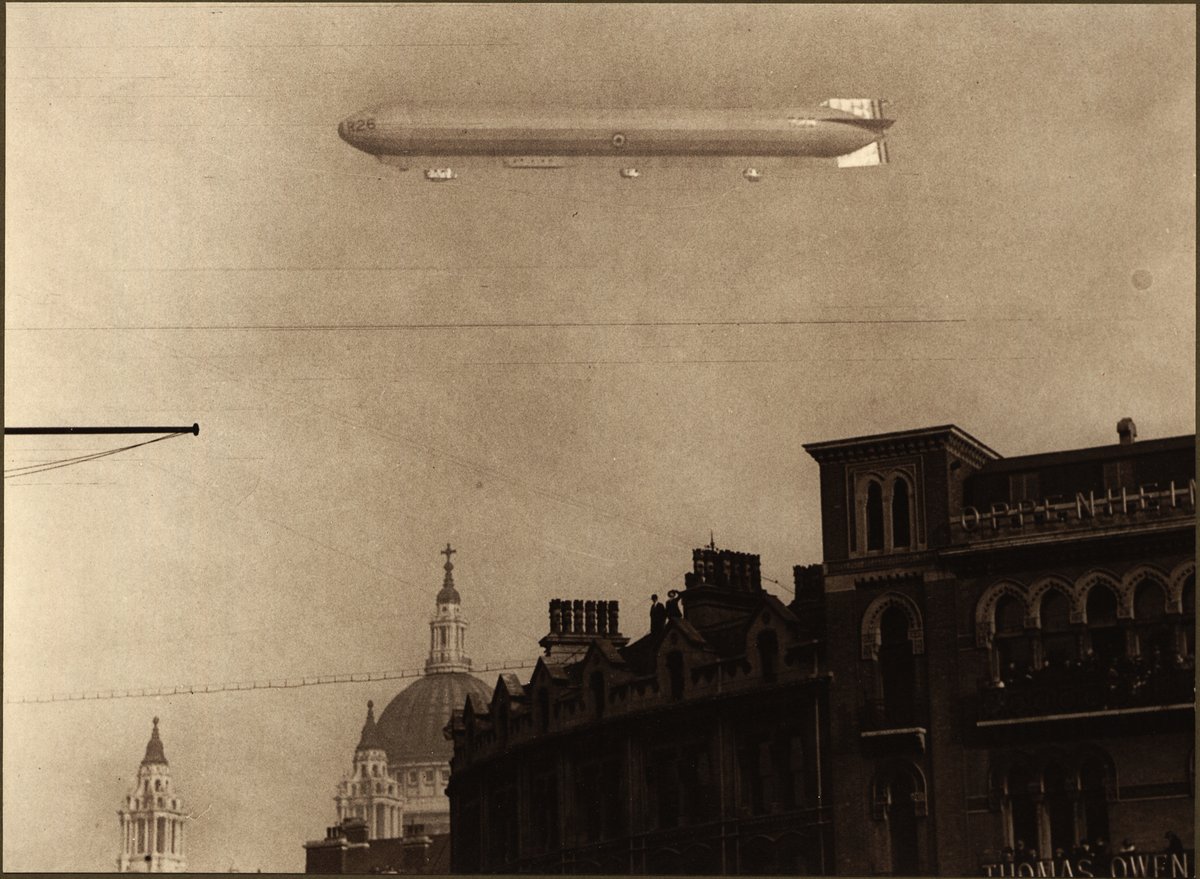
Visiting St Paul’s Cathedral: Hours, Tickets, and Tips
Published Date: 17/07/2024
Introduction: Discover the Beauty and History of St Paul’s Cathedral
St Paul’s Cathedral in London is not merely an architectural wonder but a historical and cultural beacon that has stood the test of time. Established in AD 604, the cathedral has witnessed significant events in British history, from royal ceremonies to wartime resilience (Historic England). This comprehensive guide aims to provide potential visitors with all the essential information needed to make the most of their visit, from understanding its rich history to practical visitor tips. Designed by the eminent architect Sir Christopher Wren, St Paul’s Cathedral is renowned for its revolutionary design that blends classical and baroque elements, most notably its majestic dome, one of the largest in the world (St Paul’s Cathedral). Whether you’re an architecture enthusiast, a history buff, or simply someone looking to explore one of London’s most iconic landmarks, this guide will cover everything you need to know about St Paul’s Cathedral.
Table of Contents
- Introduction
- Early Beginnings
- The Medieval Cathedral
- The Great Fire of London
- Sir Christopher Wren’s Masterpiece
- Architectural Innovations
- Role in British History
- Modern-Day Significance
- Visiting St Paul’s Cathedral
- Nearby Attractions and Amenities
- Safety and Security
- Tips for Families
- Photography and Filming
- FAQ
- Conclusion
- References
Discover the Rich History and Visitor Guide of St Paul’s Cathedral in London
Early Beginnings
St Paul’s Cathedral, located in the heart of London, has a rich history that dates back to AD 604. The original church on this site was dedicated to St Paul the Apostle and was established by Mellitus, Bishop of the East Saxons. This early structure was a modest wooden building, which was later replaced by a more substantial stone church in the 7th century. The cathedral has undergone several reconstructions due to fires and other calamities over the centuries.
The Medieval Cathedral
The medieval St Paul’s Cathedral, often referred to as Old St Paul’s, was a grand Gothic structure completed in 1240. It was one of the largest churches in Europe, featuring a towering spire that reached approximately 489 feet, making it the tallest building in London at the time. This version of the cathedral was a significant religious and cultural center, hosting important events such as royal weddings and state funerals.
The Great Fire of London
The most transformative event in the history of St Paul’s Cathedral was the Great Fire of London in 1666. The fire ravaged much of the city, including Old St Paul’s, which was left in ruins. The destruction of the cathedral provided an opportunity for a complete redesign and reconstruction, leading to the creation of the iconic structure we see today.
Sir Christopher Wren’s Masterpiece
Following the Great Fire, Sir Christopher Wren, one of England’s most renowned architects, was commissioned to design the new St Paul’s Cathedral. Wren’s design was revolutionary, blending classical and baroque architectural elements. The construction began in 1675 and was completed in 1710. The new cathedral featured a magnificent dome, inspired by St Peter’s Basilica in Rome, which remains one of the largest domes in the world, measuring 365 feet in height.
Architectural Innovations
Wren’s design incorporated several innovative features. The cathedral’s dome is supported by a unique triple-shell structure, which provides both strength and aesthetic appeal. The Whispering Gallery, located within the dome, is another remarkable feature. Due to its acoustic properties, a whisper against its walls can be heard clearly on the opposite side, 112 feet away. The cathedral also includes a crypt, which houses the tombs of notable figures such as Admiral Lord Nelson and the Duke of Wellington.
The Dome
One of the most striking features of St Paul’s Cathedral is its magnificent dome, which is among the largest in the world. The dome stands at 111 meters (365 feet) high and weighs approximately 65,000 tons. It consists of three shells: an inner dome, a brick cone for structural support, and an outer dome. Visitors can climb 528 steps to the Golden Gallery for panoramic views of London (St Paul’s Cathedral).
The Whispering Gallery
Located 30 meters (100 feet) above the cathedral floor, the Whispering Gallery is a marvel of acoustic engineering. The gallery gets its name from the phenomenon where a whisper against its wall can be heard clearly on the opposite side, 112 feet away. This is due to the circular shape and smooth surfaces of the gallery, which allow sound waves to travel around the dome’s circumference (Architectural Acoustics).
The Crypt
The crypt of St Paul’s Cathedral is the largest in Europe, extending the entire length of the building. It houses the tombs of some of Britain’s most notable figures, including Sir Christopher Wren, Admiral Lord Nelson, and the Duke of Wellington. The crypt also contains the OBE Chapel, dedicated to the Order of the British Empire, and the Chapel of St Faith, which survived the Great Fire of London.
The West Front and Portico
The west front of St Paul’s Cathedral is dominated by a grand portico with a double row of columns, surmounted by a pediment containing a relief sculpture of the Conversion of St Paul. The portico is flanked by two towers, each housing a set of bells. The Great West Door, used for ceremonial occasions, is made of oak and adorned with bronze panels depicting scenes from the life of St Paul.
The Geometric Staircase
The Geometric Staircase, located in the south-west tower, is a spiral staircase with no central support. The steps are embedded into the wall and support each other, creating a self-supporting structure. This staircase leads to the library and the Dean’s private chapel. The design of the staircase is a testament to Wren’s ingenuity and understanding of geometry and structural engineering.
The High Altar and Baldacchino
The high altar of St Paul’s Cathedral is a focal point of the interior, designed by Wren and later modified by Sir Ninian Comper in the early 20th century. The altar is surmounted by a baldacchino, a canopy supported by four columns, inspired by the baldacchino in St Peter’s Basilica. The altar and baldacchino are made of marble and gilded wood, creating a sense of grandeur and reverence.
The Organ
The organ of St Paul’s Cathedral is one of the largest in the United Kingdom, with 7,189 pipes. It was originally built by Bernard Smith in 1695 and has undergone several restorations and enlargements. The organ case, designed by Wren, is a masterpiece of Baroque woodcarving, featuring cherubs, foliage, and musical instruments. The organ is used for regular services, recitals, and special events, contributing to the cathedral’s rich musical heritage (St Paul’s Organ).
Role in British History
St Paul’s Cathedral has played a pivotal role in British history. It has been the site of numerous significant events, including the funerals of Lord Nelson in 1806 and Sir Winston Churchill in 1965. The cathedral also hosted the wedding of Charles, Prince of Wales, and Lady Diana Spencer in 1981, an event watched by millions around the world.
World War II and the Blitz
During World War II, St Paul’s Cathedral became a symbol of resilience and hope for the British people. Despite being targeted during the Blitz, the cathedral miraculously survived, with only minor damage. The iconic photograph of St Paul’s dome standing tall amidst the smoke and destruction of the Blitz became a powerful image of defiance and endurance.
Modern-Day Significance
Today, St Paul’s Cathedral continues to be an active place of worship and a major tourist attraction. It attracts millions of visitors each year who come to admire its architectural beauty, historical significance, and spiritual atmosphere. The cathedral also hosts various cultural and religious events, maintaining its role as a central figure in London’s cultural and religious life.
Visitor Information
Opening Hours and Best Time to Visit
St Paul’s Cathedral is open to visitors from Monday to Saturday, 8:30 AM to 4:30 PM, with last admission at 4:00 PM. It is closed for sightseeing on Sundays, although worship services are held and visitors are welcome to attend. For the most serene experience, consider visiting early in the morning or late in the afternoon to avoid peak tourist hours. Special events or services may alter these hours, so it is advisable to check the official website for the latest updates.
Ticket Information and Discounts
Tickets for St Paul’s Cathedral can be purchased online or at the entrance. Online booking is recommended to avoid queues and often comes with a small discount. As of July 2024, the standard adult ticket price is £20.00, with concessions available for students, seniors, and children. Family tickets and group discounts are also available. For those planning multiple visits to London attractions, consider purchasing a London Pass, which includes entry to St Paul’s Cathedral and other major sites (London Pass).
Guided Tours and Multimedia Guides
St Paul’s Cathedral offers a variety of guided tours, including the popular ‘Triforium Tour,’ which provides access to areas not usually open to the public, such as the library and the Great Model. These tours are led by knowledgeable guides and provide in-depth historical and architectural insights. Additionally, multimedia guides are available in multiple languages and are included in the ticket price. These guides offer a self-paced exploration of the cathedral’s highlights, including the Whispering Gallery, the Stone Gallery, and the Golden Gallery.
Dress Code and Conduct
As a place of worship, St Paul’s Cathedral requests visitors to dress modestly. While there is no strict dress code, it is respectful to avoid wearing revealing clothing. Hats should be removed upon entering the cathedral. Photography is allowed in designated areas but without the use of flash or tripods. Silence is appreciated in certain areas to maintain the sanctity of the space, especially during services.
Accessibility
St Paul’s Cathedral is committed to being accessible to all visitors. There are ramps and lifts available for wheelchair users, and accessible toilets are located within the cathedral. The multimedia guides are also designed to be user-friendly for those with hearing or visual impairments. For detailed accessibility information, visit the accessibility page on the cathedral’s website.
Nearby Attractions and Special Events
Nearby Attractions
While visiting St Paul’s Cathedral, consider exploring nearby London historical sites such as the Tower of London, Tate Modern, and the Museum of London. These attractions offer additional insights into the city’s rich history and cultural heritage.
Special Events
St Paul’s Cathedral hosts a variety of special events throughout the year, including concerts, lectures, and religious services. Check the cathedral’s official website for an up-to-date schedule of events and activities.
Safety and Security
Security measures are in place to ensure the safety of all visitors. Bag checks are conducted at the entrance, and large bags or luggage are not permitted inside. It is advisable to travel light and be prepared for these checks. The cathedral staff and security personnel are available to assist with any concerns or emergencies.
Tips for Families
St Paul’s Cathedral is a family-friendly destination with activities designed to engage children. The multimedia guides include a family-friendly version, and there are often special events and workshops for younger visitors. The Whispering Gallery, with its unique acoustics, is a particular favorite among children. Parents should note that the climb to the higher galleries involves a significant number of steps, so it may not be suitable for very young children or those with mobility issues.
Photography and Filming
While photography is allowed in most areas of the cathedral, it is important to be mindful of other visitors and the sacred nature of the space. Flash photography and tripods are not permitted. For those interested in professional photography or filming, special permission must be obtained in advance. Details can be found on the photography and filming page of the cathedral’s website.
FAQ
Q: What are the St Paul’s Cathedral visiting hours?
A: St Paul’s Cathedral is open to visitors from Monday to Saturday, 8:30 AM to 4:30 PM, with last admission at 4:00 PM. It is closed to sightseeing on Sundays.
Q: How much are the tickets for St Paul’s Cathedral?
A: As of July 2024, the standard adult ticket price is £20.00. Concessions are available for students, seniors, and children, with family and group tickets also offered.
Q: Can I take photographs inside St Paul’s Cathedral?
A: Photography is allowed in designated areas but without the use of flash or tripods. Special permission is required for professional photography or filming.
Q: Are there guided tours available?
A: Yes, St Paul’s Cathedral offers a variety of guided tours, including the popular ‘Triforium Tour.’ Multimedia guides are also available and included in the ticket price.
Conclusion
St Paul’s Cathedral stands as a testament to architectural brilliance and historical significance, offering visitors a glimpse into the grandeur of London’s past and the ingenuity of Sir Christopher Wren. Whether you are an architecture enthusiast, a history buff, or simply looking for a memorable experience in London, a visit to St Paul’s Cathedral is a must. Plan your visit today and immerse yourself in the awe-inspiring beauty of this iconic landmark.
Call to Action
For more tips on exploring London historical sites and other travel guides, download the Audiala mobile app. Stay updated by following us on social media and checking out our related posts.
References
- Historic England. (n.d.). St Paul’s Cathedral. Retrieved from https://historicengland.org.uk/listing/the-list/list-entry/1002068
- St Paul’s Cathedral. (n.d.). History and Collections. Retrieved from https://www.stpauls.co.uk/history-collections/history
- St Paul’s Cathedral. (n.d.). Visit. Retrieved from https://www.stpauls.co.uk/visit
- Architectural Acoustics. (n.d.). Whispering Gallery. Retrieved from https://www.architecturalacoustics.com/
- St Paul’s Cathedral. (n.d.). Organ. Retrieved from https://www.stpauls.co.uk/music/organ
